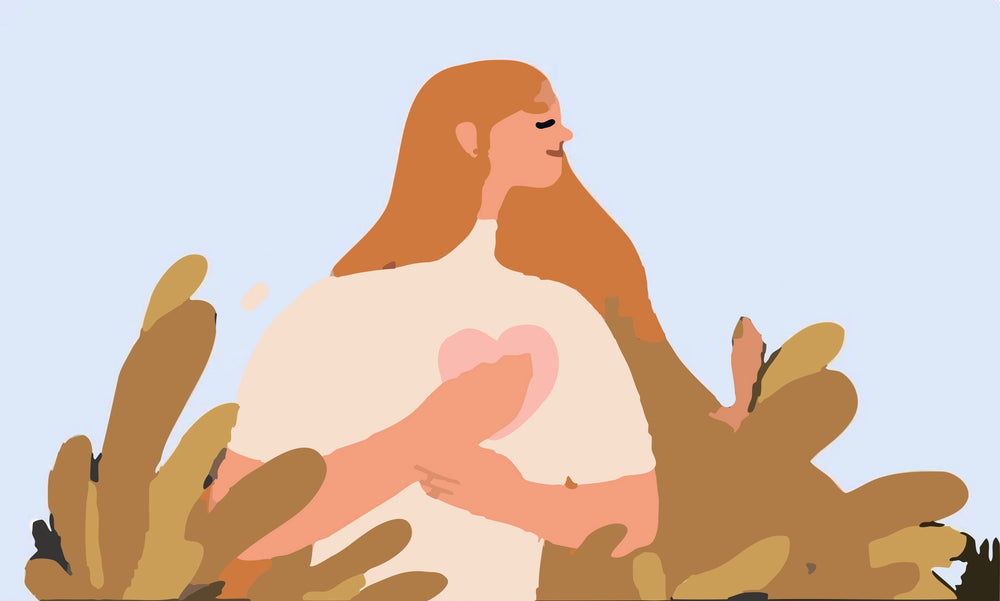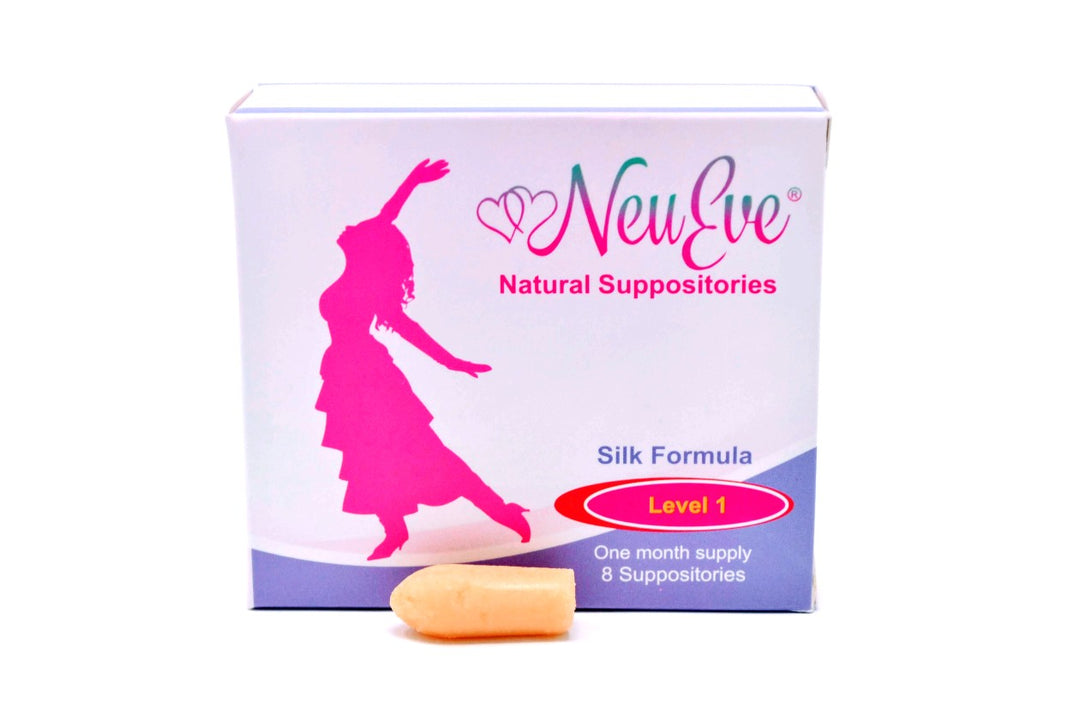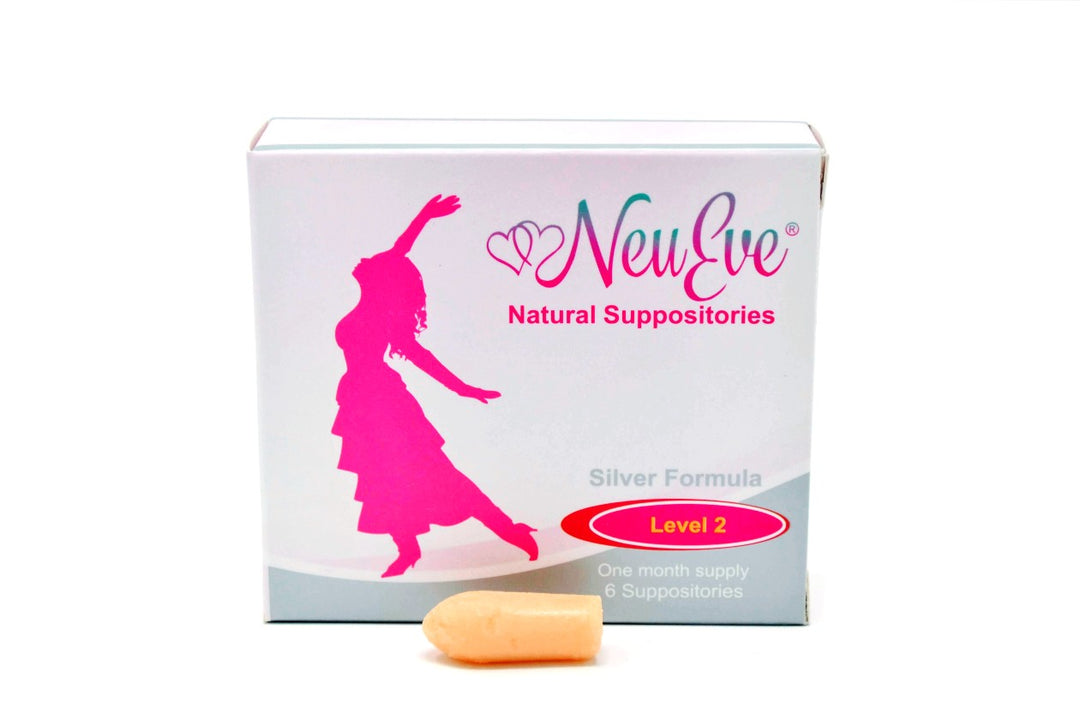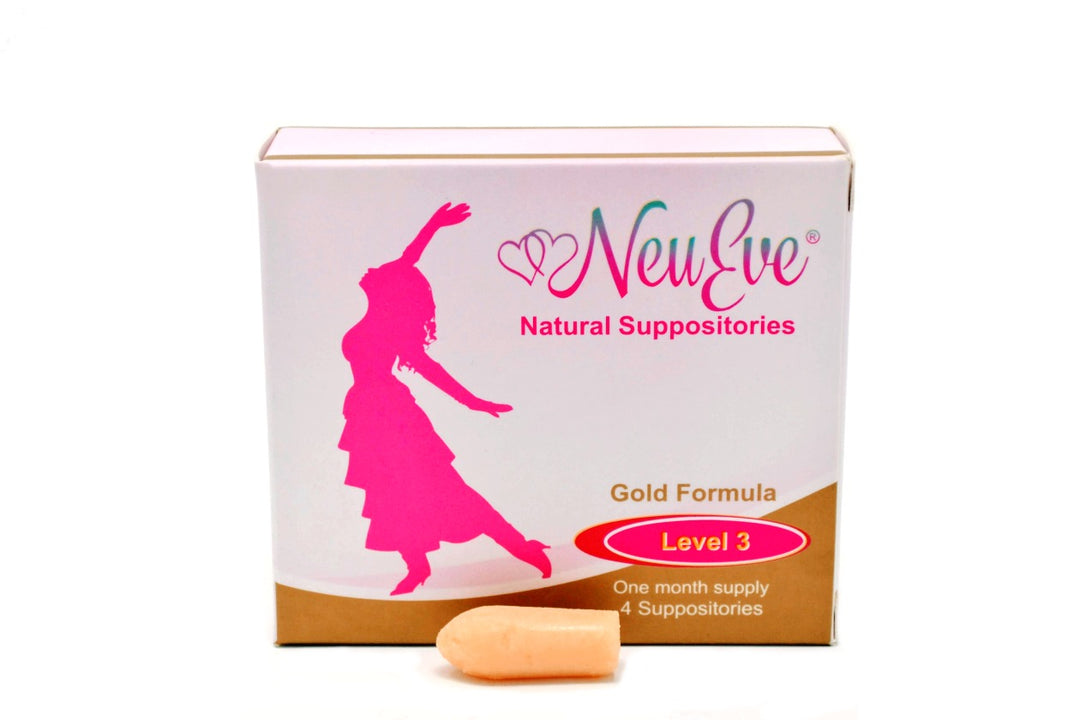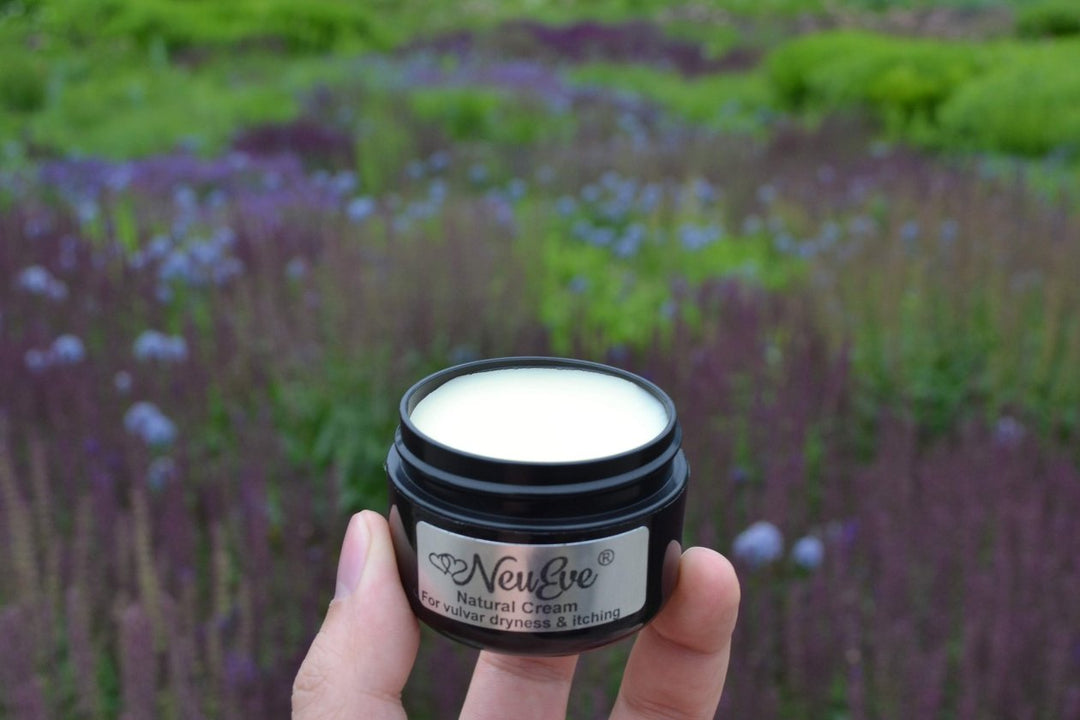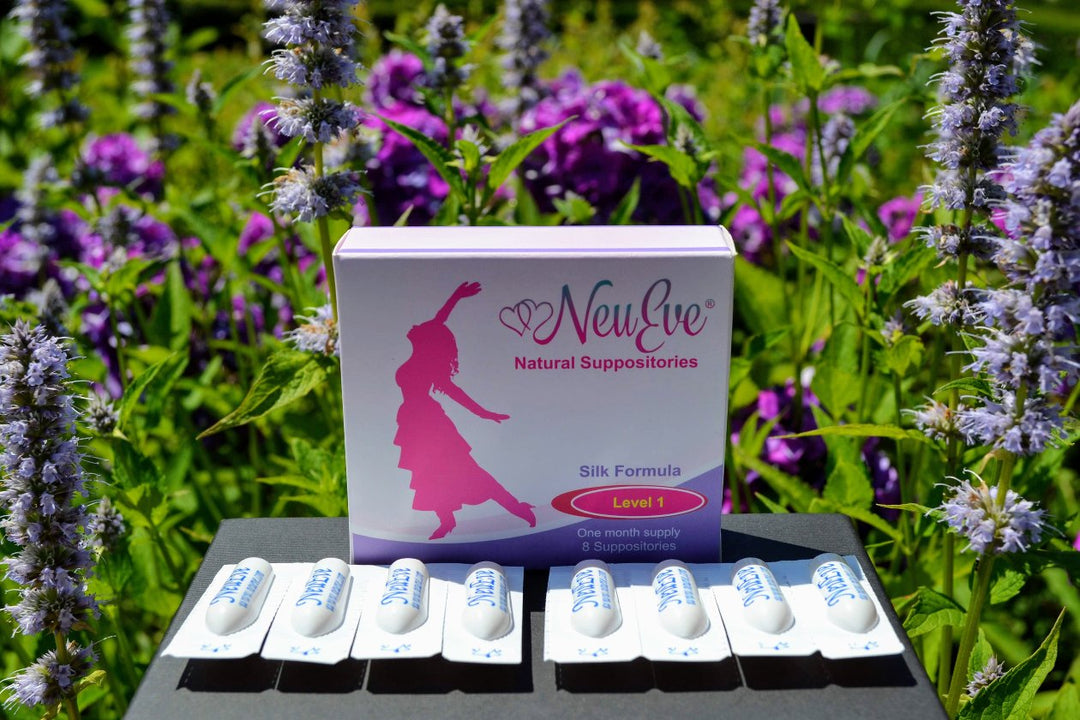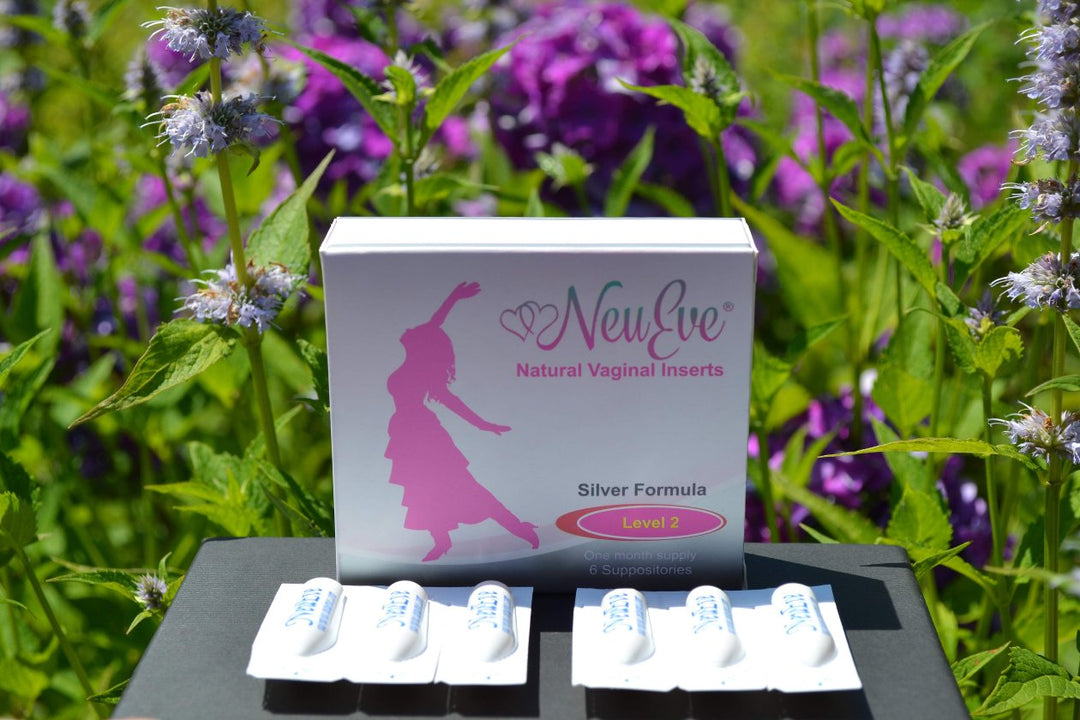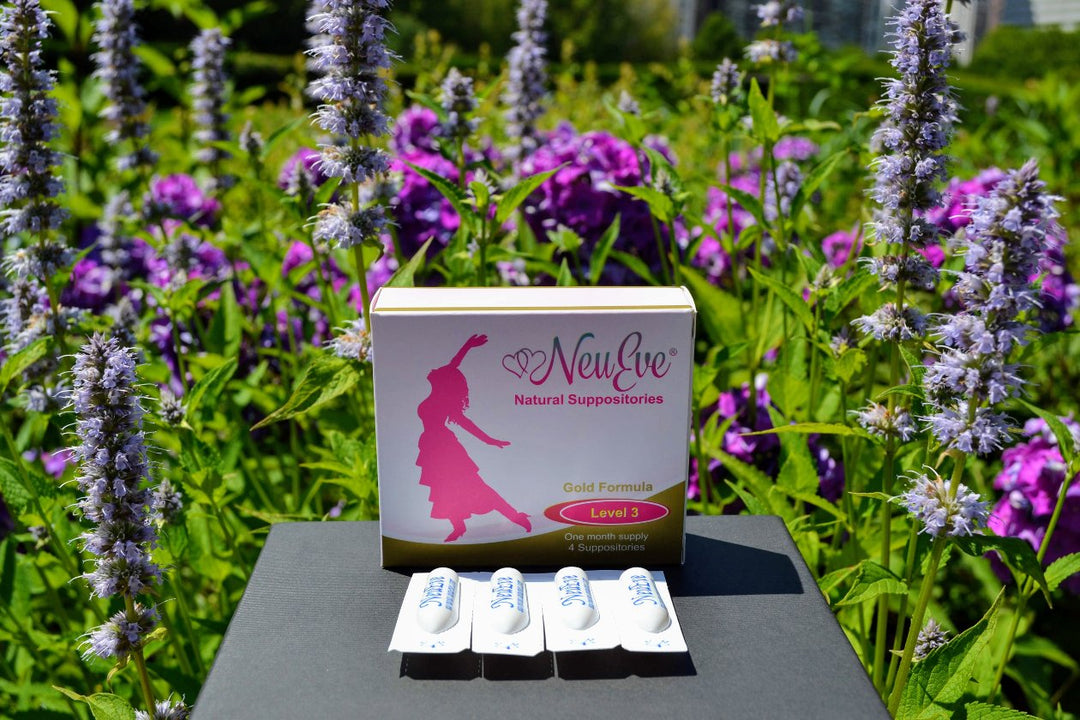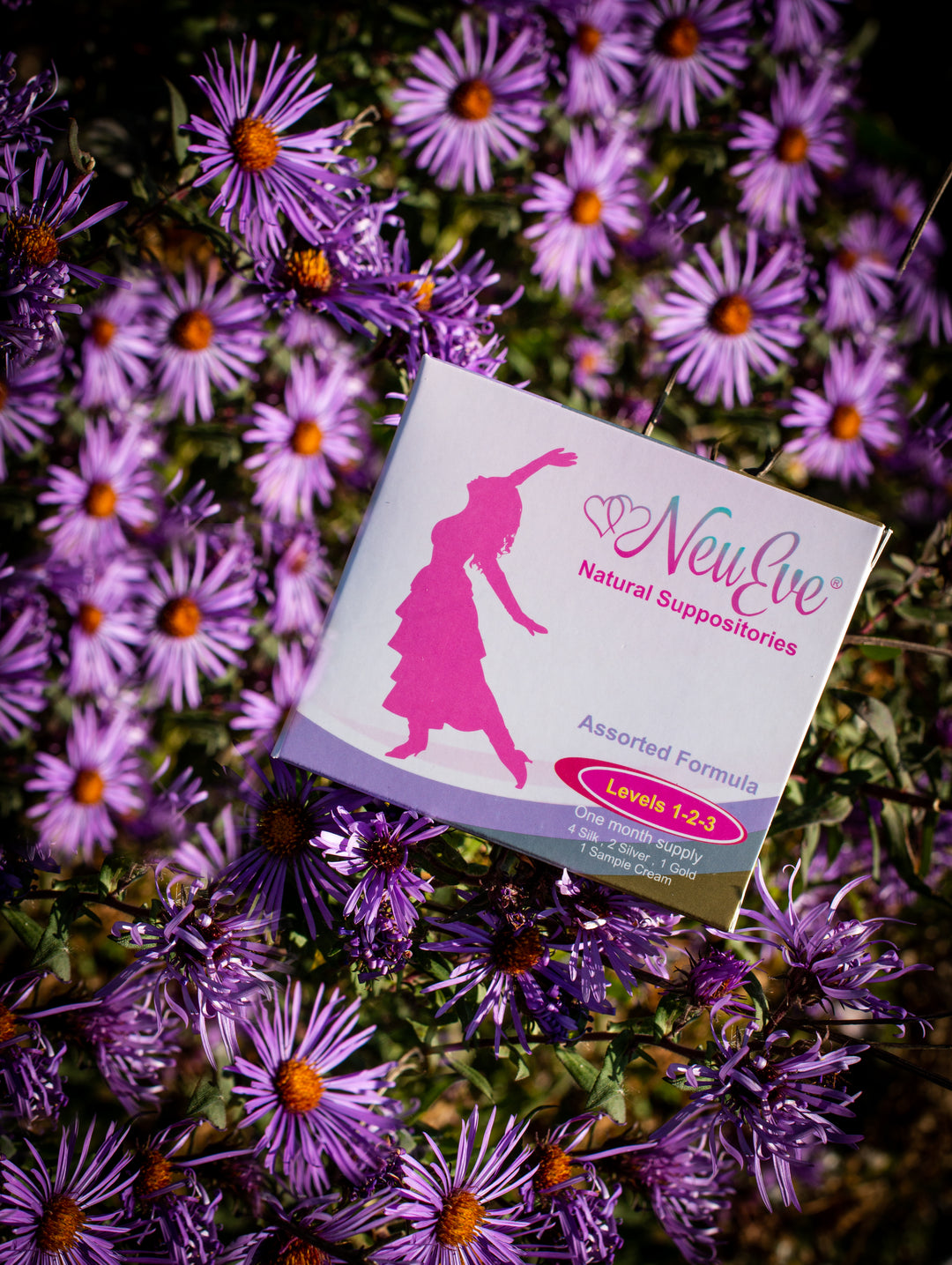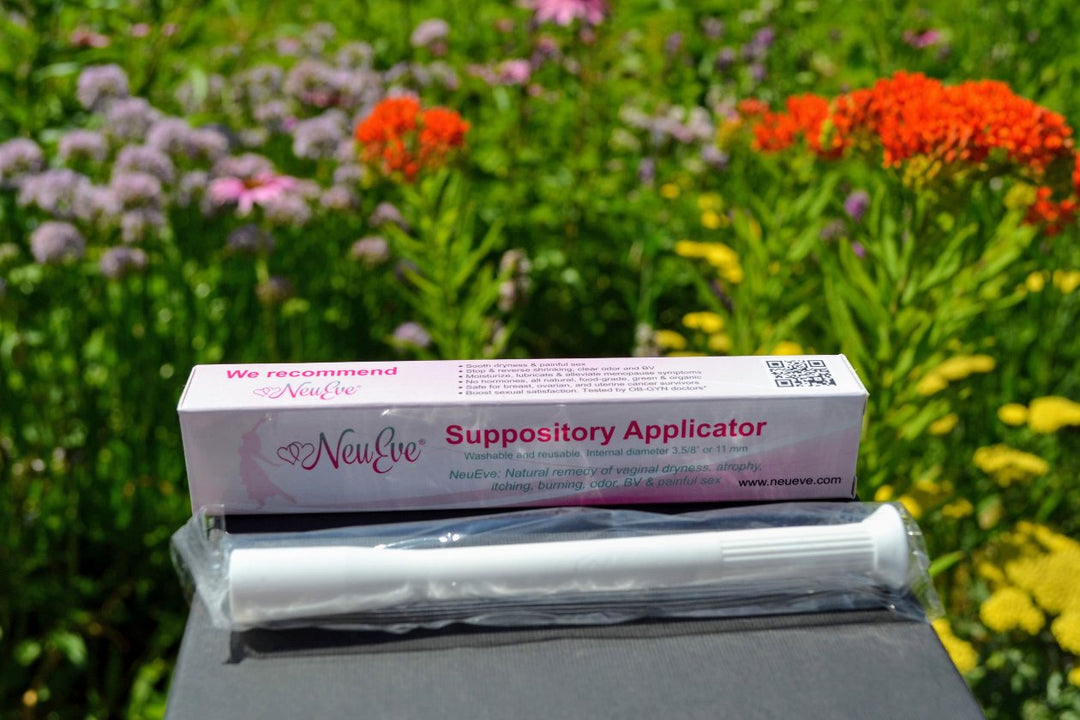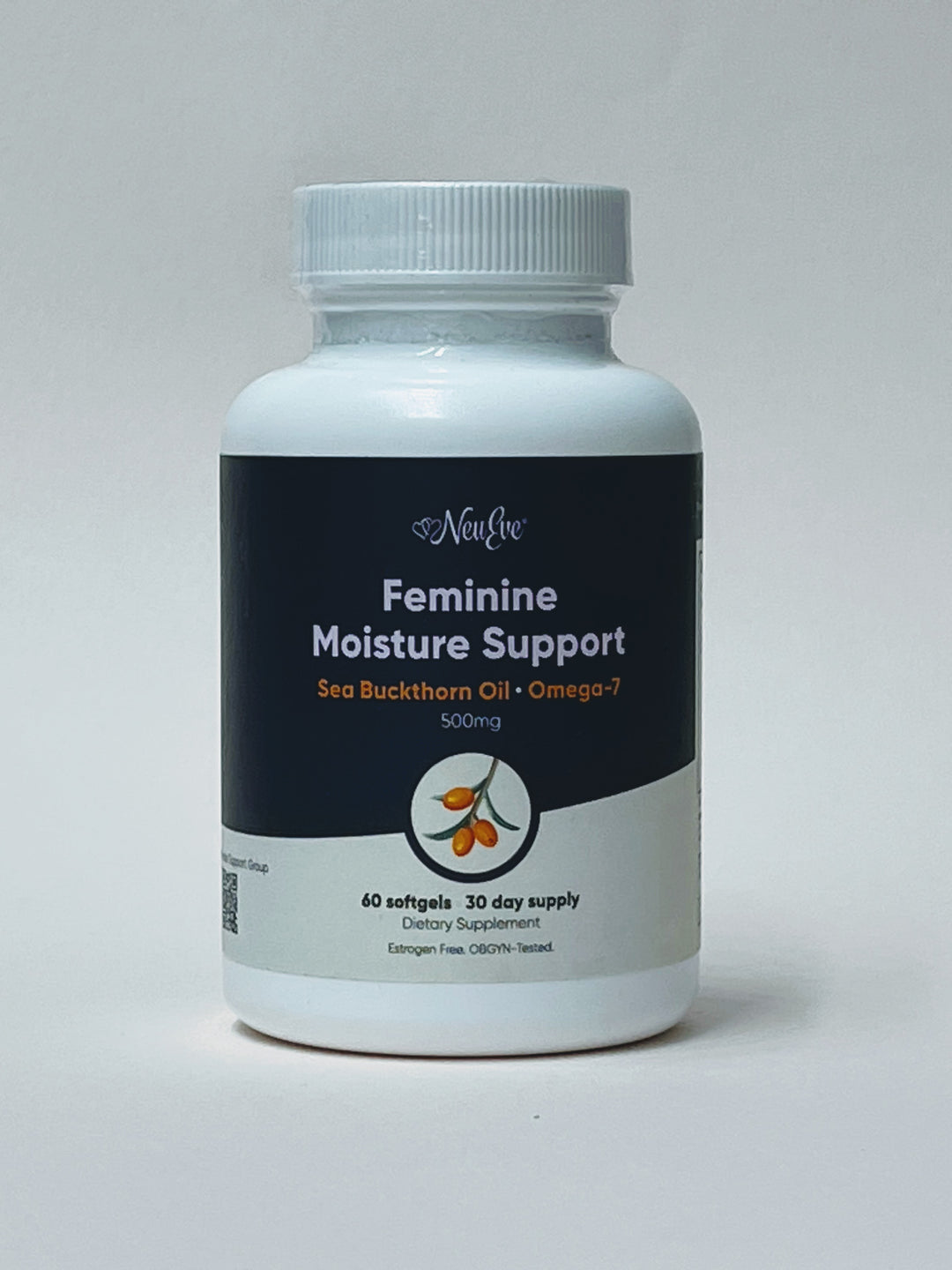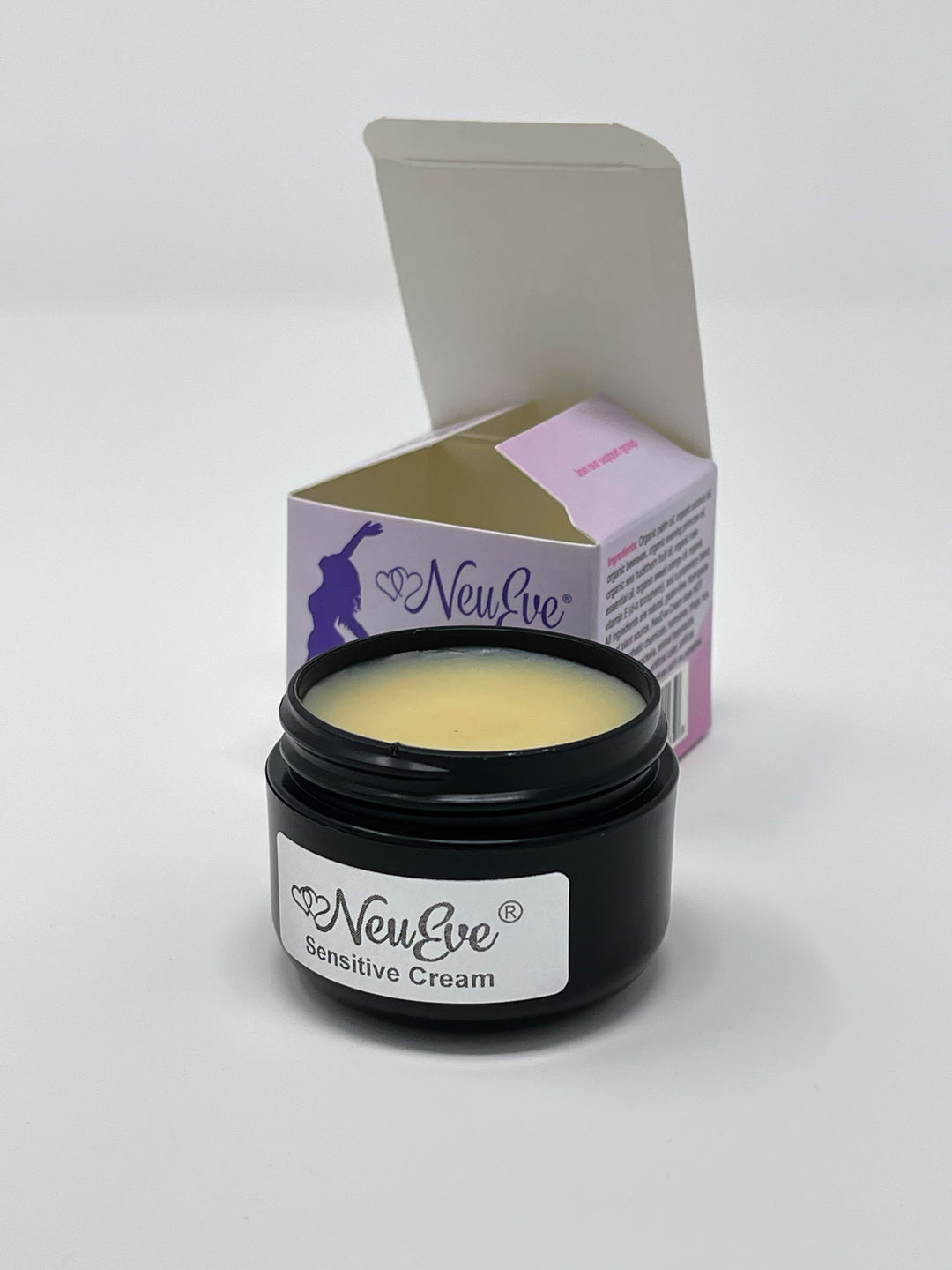Female Libido, Dyspareunia and Sexual Dysfunction
Origin of Female Sexual Dysfunction
The incidence of female sexual dysfunction is high, may be about 40% among normal aging postmenopausal women and close to 100% among breast cancer survivors who have been on an anti-hormonal therapy.
Female sexual dysfunction can have a profound impact on quality of life, but it has been largely ignored by the healthcare community.
Major reasons may include:
- traditional social conservatism
- gender inequality
- cultural suppression against women’s sexual desire
Because truly effective remedies are not available, even if women openly seek care for sexual dysfunction, they are often given ineffective treatments.
As a result, many women suffer from sexual dysfunction in silence.
Types of Female Sexual Dysfunction
Female sexual dysfunction has been classified into four broad types:
- Decreased libido (lack of sexual desire)
- Altered arousal (reduced vaginal lubrication and dilation)
- Inability to achieve orgasm
- Dyspareunia (uncomfortable or painful sex)
Flawed Top-Down Approach of Sexual Arousal Problems
- In many healthy women, the cycle of sexual response begins in the brain.
- A romantic memory, image, scent, music, or fantasy may act as a trigger to prompt sexual arousal.
- As a result, it was believed that female sexual dysfunction is a chain reaction occurs top-down from the brain to the lower parts of the body.
- A lack of androgenic hormones would result in decreased libido in the brain.
- Subsequently, altered arousal and absent orgasm would follow.
Thus, the brain was thought to be the key and starting place for treating female sexual dysfunction.
Based on this belief, doctors have used androgen to treat female sexual dysfunction, but the efficacy has been limited while side effects are significant.
As a result, the American Endocrine Society has recommended against using androgen to treat women with sexual dysfunction.
So far, many products in addition to androgen have been used to treat female sexual dysfunction by targeting the brain, but their effects have been limited.
A Revolutionary Bottom-Up Approach
After years of observations in postmenopausal women, especially breast cancer survivors, Dr. Chang has now realized that female sexual dysfunction can also occur bottom-up due to uncomfortable or painful sex, which in turn causes absent orgasm, altered arousal, and ultimately decreased libido in the brain.
Positive experiences of NeuEve application by thousands of women have indicated that this may be the case.
Many women who have had painful sex or lost ability to have sex due to vaginal dryness and atrophy may, after using NeuEve, regain the ability to:
- have pain-free sex
- achieve arousal
- reach orgasm
- regain libido
However, NeuEve is not a drug, and is not intended to improve any structure, or restore function of the human body, as it ages.
Even so, female sexual response may be improved by eliminating uncomfortable or painful sex, especially for postmenopausal women and breast cancer survivors who cannot use hormones.
